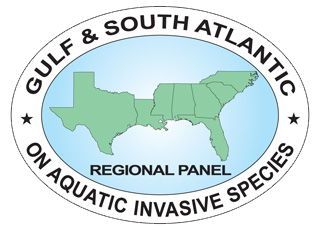The occurrence of non-native species in the United States is not a new phenomenon. It has been ongoing for decades, including both intentional and unintentional introductions. Many introductions have proven to have beneficial economic and social effects, for example beef cattle, poultry, agricultural products, to name a few. However, a certain percentage of non-native species, introduced either intentionally or unintentionally, have harmful or damaging effects on the ecosystem that is invaded, causing extensive changes to the native vegetation (plants), wildlife, and the habitat. These changes degrade the overall quality of the environment where they occur, and often result in negative economic and social impacts. Such non-native species are classified as invasive.
We cannot, however, afford to focus only on those non-native species that are known to be invasive. That approach will only lead to more and more invasions of harmful organisms. Some non-native species manifest negative impacts in a very short time following their introduction, while others may exist relatively unknown for a long time before beginning to spread successfully. It is important that any approach to managing the invasive species problem include prevention activities, that include assessing the risk of invasiveness that species not yet introduced and species already introduced but seemingly inactive or not visibly harmful have.

Need help in identifying a species? Try the Invasive Species Experts Database.

For more information on Aquatic Invasive Species and their known distribution – USGS NAS database.
